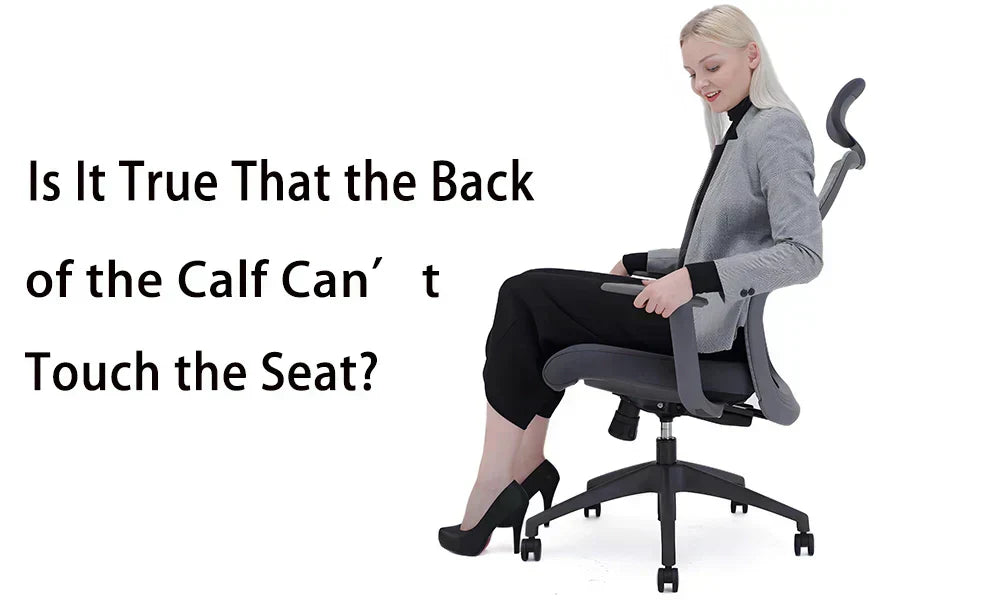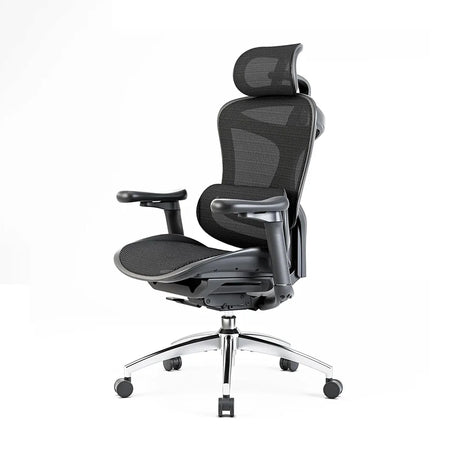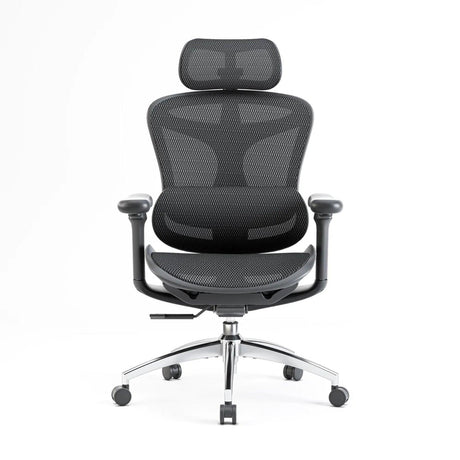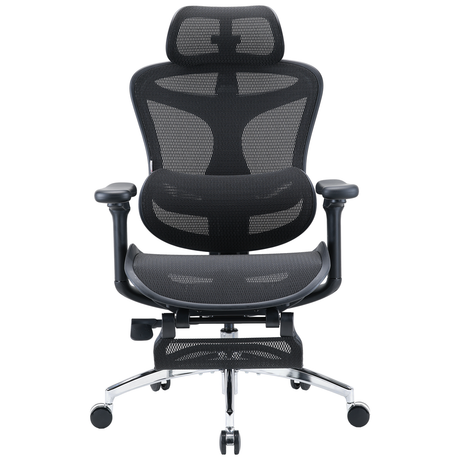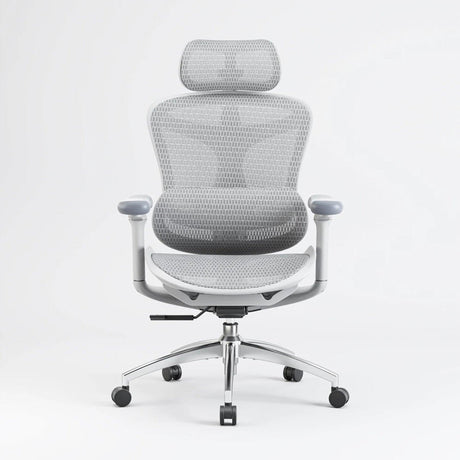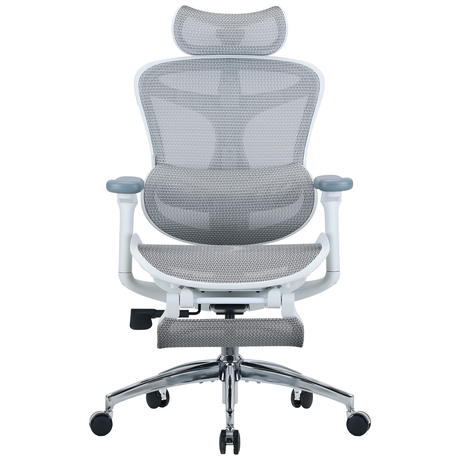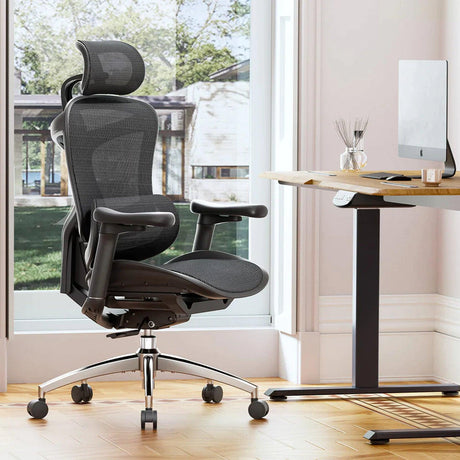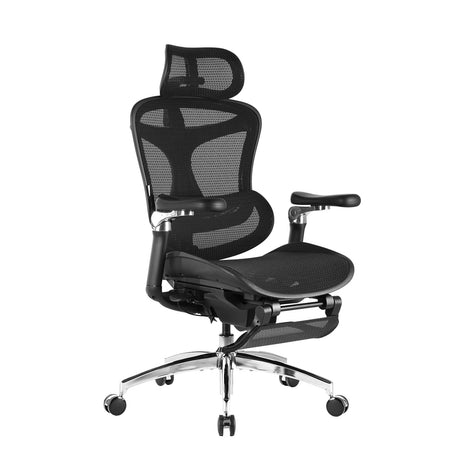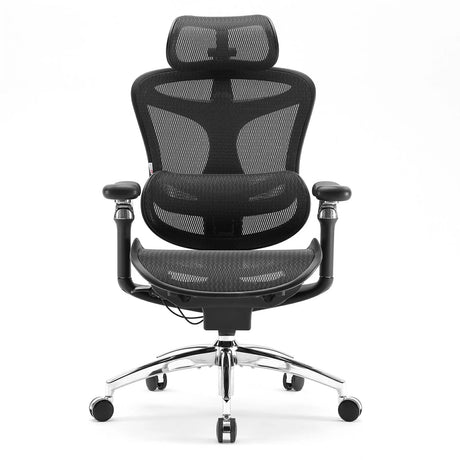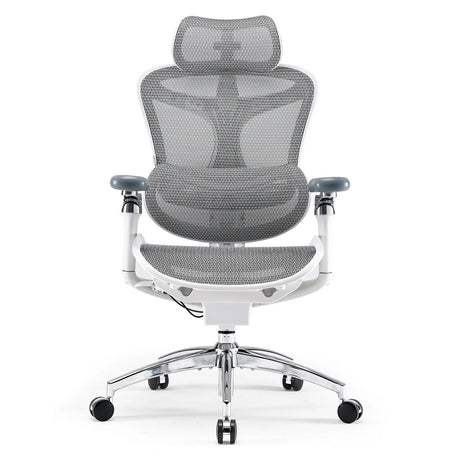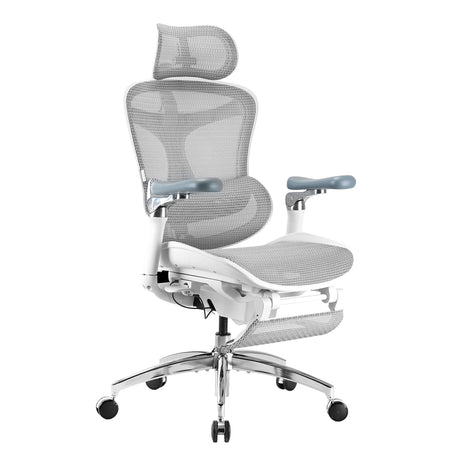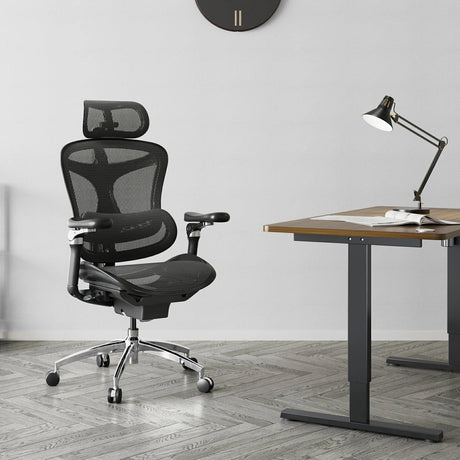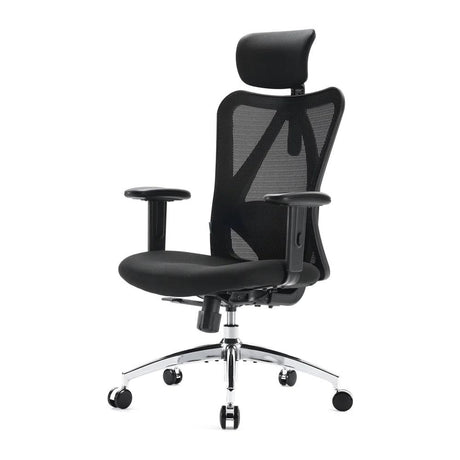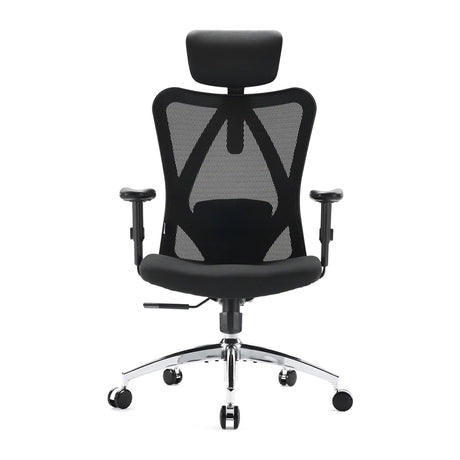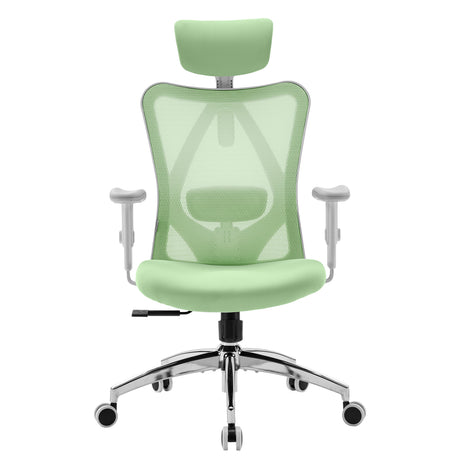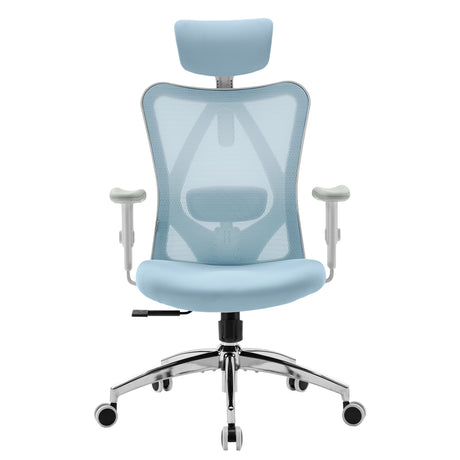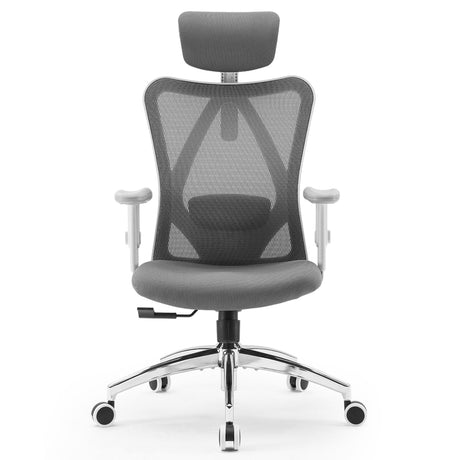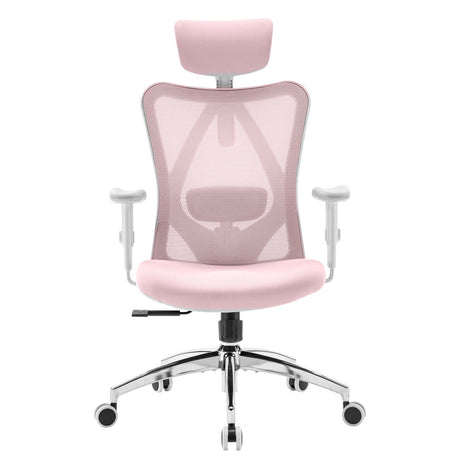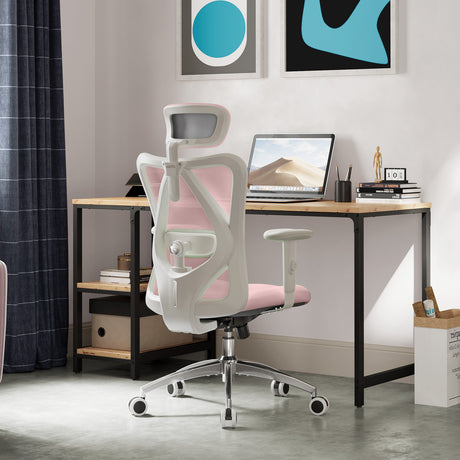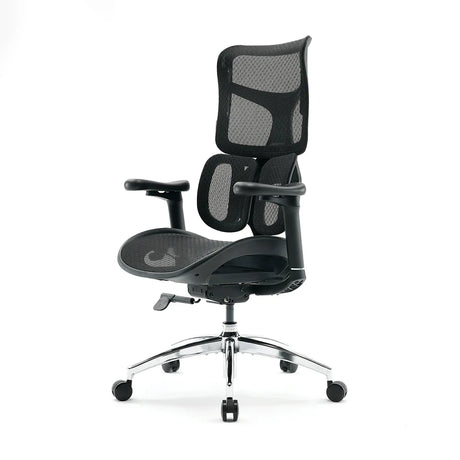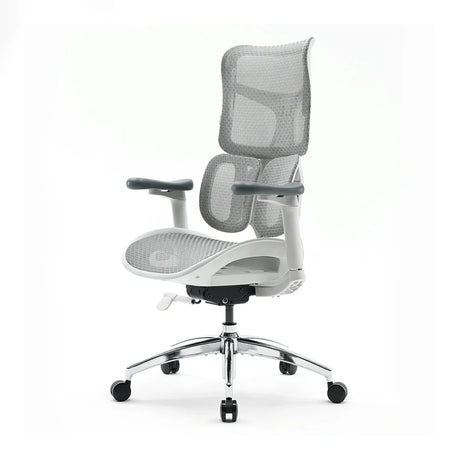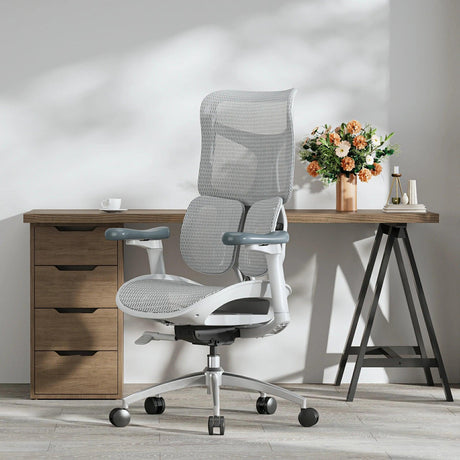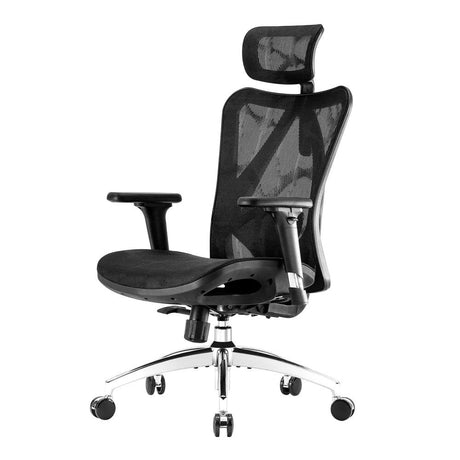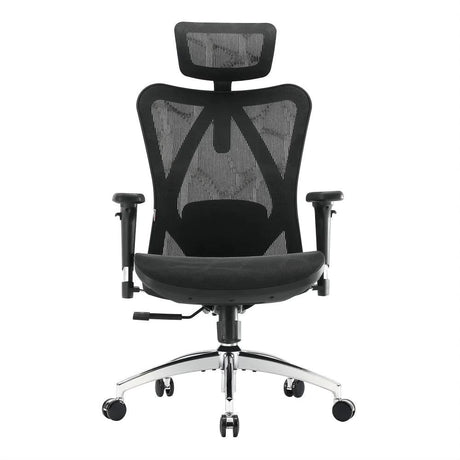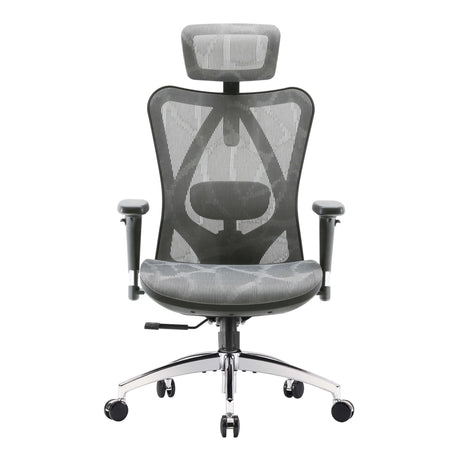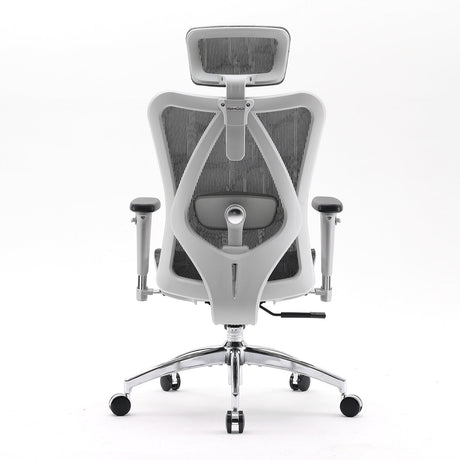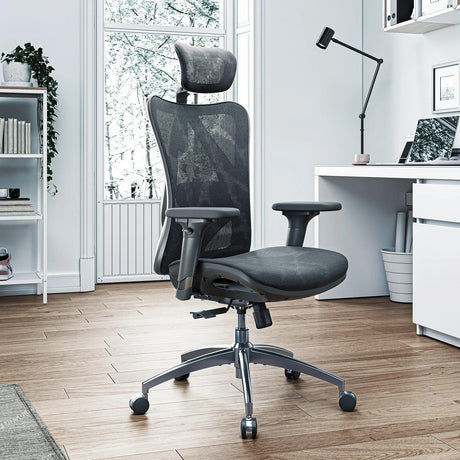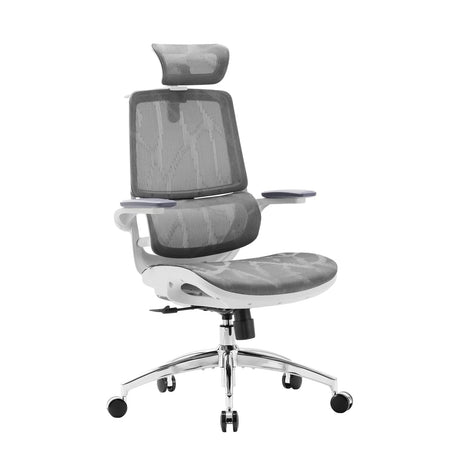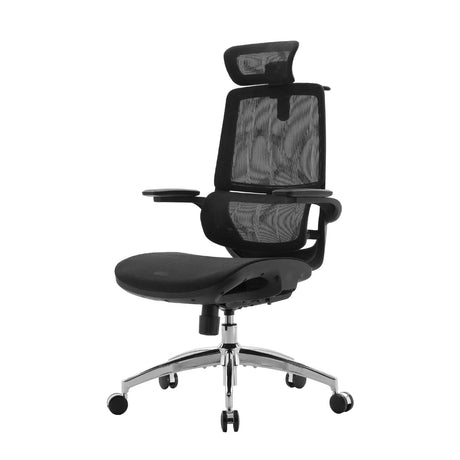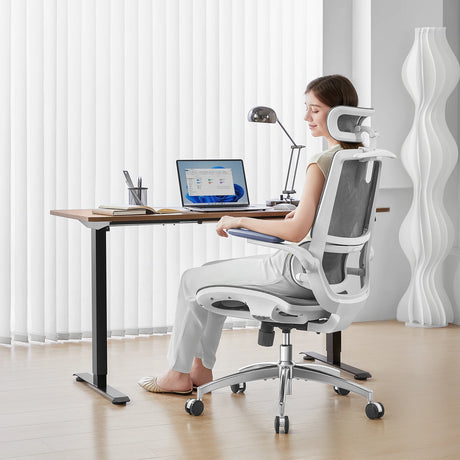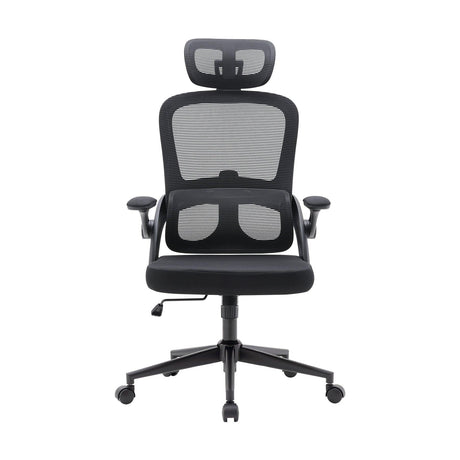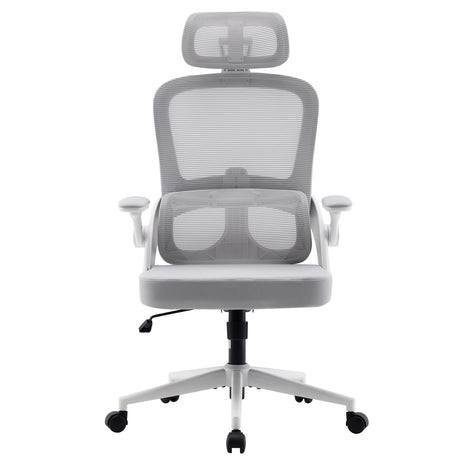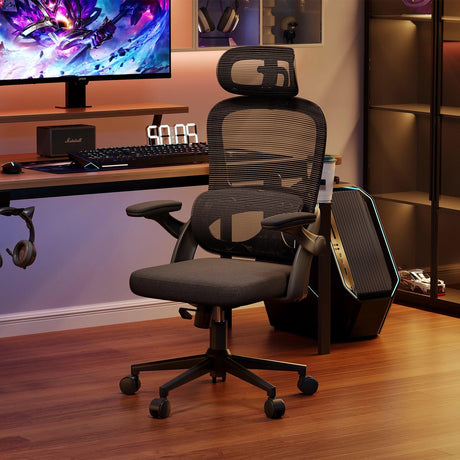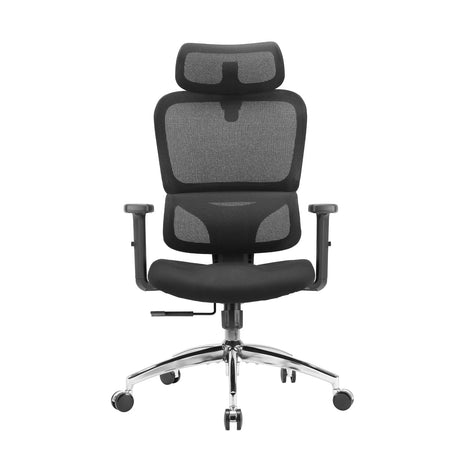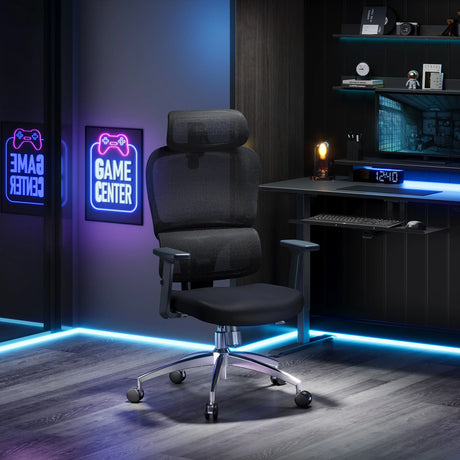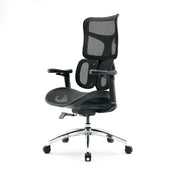When it comes to sitting posture and ergonomic office chair use, there are countless tips floating around online: keep your back straight, rest your feet flat on the floor, adjust your chair height, and even that mysterious piece of advice — “the back of your calf should never touch the seat.”
But is this really true? Or is it just another posture myth that gets repeated without much thought?
This article will explore the biomechanics of sitting, the relationship between seat depth and leg comfort, and why experts often warn against letting the seat press into the back of your calves. By the end, you’ll have a complete understanding of what this guideline means, why it exists, and how to apply it to your own chair setup for maximum comfort and health.
Why People Talk About Calves and Seats
The advice that “the back of the calf shouldn’t touch the seat” stems from ergonomics — the science of designing work environments to fit the human body. Chairs that don’t fit your body correctly can cause discomfort, restricted circulation, or even long-term musculoskeletal issues.
When you sit in a chair that is too deep, the front edge of the seat pan may press into the back of your calves. Over time, this can:
- Restrict blood flow to the lower legs.
- Create pressure points that cause discomfort or pain.
- Increase the risk of swelling, numbness, or tingling.
- Lead to poor sitting posture, since you may slouch forward to compensate.
That’s why you’ll often hear the “two to three fingers” rule — the gap between the back of your knees (or calves, depending on how people phrase it) and the front edge of the chair seat should be roughly 2–3 inches.
So the guideline isn’t about banning contact altogether, but about ensuring the seat edge doesn’t press directly against your calves in a way that restricts circulation.
Anatomy and Physiology: What’s Really Happening
To understand why this matters, let’s dive into some basic anatomy.
Blood Circulation and Pressure Points
Your calves contain important veins and arteries, including the popliteal vein and tibial veins, which are responsible for blood return from the lower legs. When the front edge of a chair presses against the back of your calves, it can partially obstruct blood flow, much like pinching a garden hose.
Restricted circulation may result in:
- Numbness or tingling (pins-and-needles feeling).
- Swelling of the ankles or feet.
- Fatigue in the legs during long periods of sitting.
- Increased risk of deep vein thrombosis (DVT) in extreme cases of prolonged immobility.
Postural Compensation
If your calves are pressed against the seat, you may subconsciously shift forward so that the seat doesn’t dig in. This forward shift can cause:
- Loss of lumbar support (lower back no longer against the backrest).
- Increased spinal stress from slouching.
- Neck and shoulder strain from leaning forward toward your desk.
In short, calf-to-seat pressure disrupts the natural ergonomics of sitting.
What Ergonomics Experts Actually Recommend
Contrary to the simplified statement “your calves should never touch the seat,” experts recommend proper seat depth adjustment.
Here are the widely accepted guidelines:
- Seat Depth: There should be a small gap (about 2–3 fingers, or 2–3 inches) between the back of your knees and the seat edge.
- Thigh Support: The seat should support most of your thighs without pressing into the calves.
- Back Support: You should be able to sit fully back in the chair so your lower back is supported by the lumbar rest.
- Feet Position: Feet should rest flat on the floor (or a footrest) without dangling.
So, the correct phrasing isn’t that the calves can’t touch the seat — it’s that the seat edge shouldn’t push into them. Light or incidental contact isn’t inherently harmful.
Common Misconceptions
Let’s clear up some misunderstandings.
Misconception 1: Any contact is harmful
Not true. The goal is to avoid pressure, not contact. For some body types, the seat edge may lightly graze the back of the calf without causing any issues.
Misconception 2: Only tall people have this problem
In reality, shorter people are often more affected, since many chairs are designed with deeper seats for taller users. Without seat depth adjustment, shorter users may find the seat cutting into their calves.
Misconception 3: Cushion thickness solves everything
A softer seat edge helps, but it doesn’t replace proper seat depth adjustment. Pressure can still build up even with padding if the seat is too long for your legs.
How Seat Depth Adjustment Works
Modern ergonomic chairs often include seat depth adjustment — the ability to slide the seat pan forward or backward. This feature ensures a proper fit for people of different heights.
Here’s how it works in practice:
- Sit all the way back so your lower spine rests on the lumbar support.
- Adjust the seat pan until you have a 2–3 inch gap behind your knees.
- Check that your thighs are supported along their length without pressure at the calves.
Without this adjustment, you may have to choose between two poor options: sitting forward without back support, or sitting back with calf pressure.
Case Studies: Real-Life Scenarios
To make this practical, let’s imagine different body types and situations.
Case 1: The Tall Professional
- Height: 6’2”
- Problem: Many chairs feel too shallow, leaving thighs under-supported.
- Result: Calves aren’t the issue, but thighs may lack support.
- Solution: Choose a chair with extended seat depth to distribute weight evenly.
Case 2: The Petite Designer
- Height: 5’2”
- Problem: Chairs often too deep; seat edge presses against calves.
- Result: Forward slouching, back pain, calf discomfort.
- Solution: Seat depth adjustment (or footrest) to shorten effective depth.
Case 3: The Gamer Who Sits for 10 Hours
- Problem: Even with correct setup, long immobility creates leg fatigue.
- Result: Calf stiffness, numbness in feet.
- Solution: Take breaks, stand up, stretch calves every hour.
The Role of Chair Design
Different chairs approach this problem in unique ways.
- Fixed-seat chairs: Often problematic for people at height extremes.
- Ergonomic chairs: Offer seat depth adjustment to suit a wide range.
- Waterfall edge seats: Sloped front edge that reduces pressure on calves.
- Mesh seats: Distribute weight more evenly, reducing pressure points.
The best solution is often a combination: a chair with both seat depth adjustment and a waterfall edge.
How to Check If Your Seat Depth Is Correct
Here’s a step-by-step self-test:
- Sit all the way back in your chair with your back against the lumbar support.
- Keep your feet flat on the floor.
- Slide your hand between the back of your knee and the chair’s seat edge.
- If you can fit about 2–3 fingers, you’re in the correct zone.
- If there’s no space, the seat is too deep.
- If there’s a huge gap, the seat is too shallow.
This quick check ensures you’re not unknowingly cutting off circulation in your calves.
Beyond Chairs: Lifestyle Habits Matter Too
Even with the best ergonomic setup, sitting for long periods carries risks. To prevent calf discomfort and circulation issues:
- Take breaks every 30–60 minutes. Stand, walk, or stretch.
- Stretch calves regularly. Simple movements like calf raises or ankle rolls improve circulation.
- Stay hydrated. Proper hydration supports healthy blood flow.
- Consider compression socks if you sit for extremely long sessions (common for gamers or long-haul office workers).
Final Verdict: Myth or Truth?
So, is it true that the back of the calf can’t touch the seat?
- Not entirely. Light contact isn’t harmful.
- The real rule is about pressure. The seat edge should never press firmly into the calves or knees, as this restricts blood flow and causes discomfort.
- The ideal setup leaves a 2–3 inch gap between your knees and the seat edge.
In other words: don’t panic if your calves brush against the seat. Just make sure the seat isn’t digging into them.
Conclusion
The guideline about calves and seats isn’t a myth — but it’s often misunderstood. Ergonomics experts aren’t saying your calves must float in space; they’re saying your chair should support your thighs without pressing into the sensitive area behind your knees.
With proper seat depth adjustment, a waterfall seat edge, and mindful sitting habits, you can ensure comfort, healthy circulation, and long-term well-being.
So next time you sit down, check the gap between your knees and the seat. A few inches of space can make the difference between hours of comfort and nagging pain.
